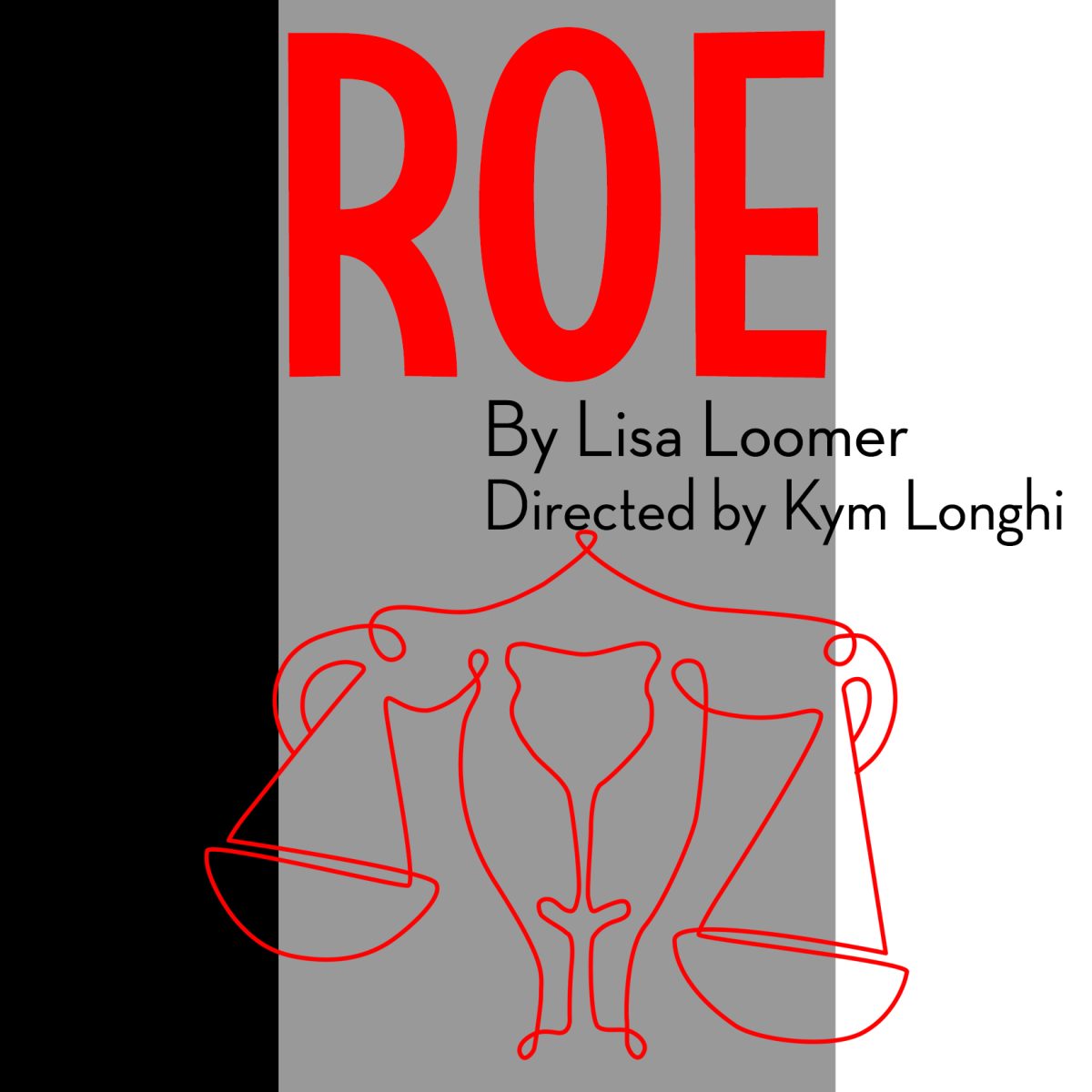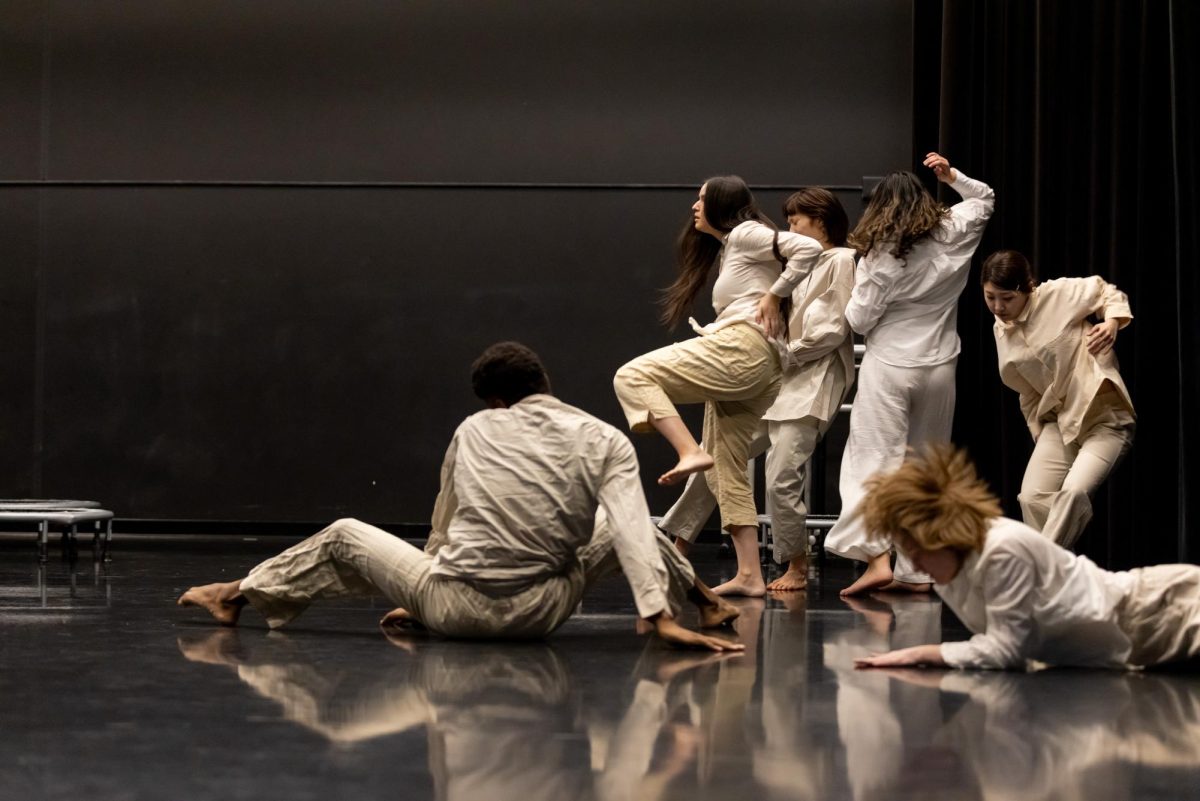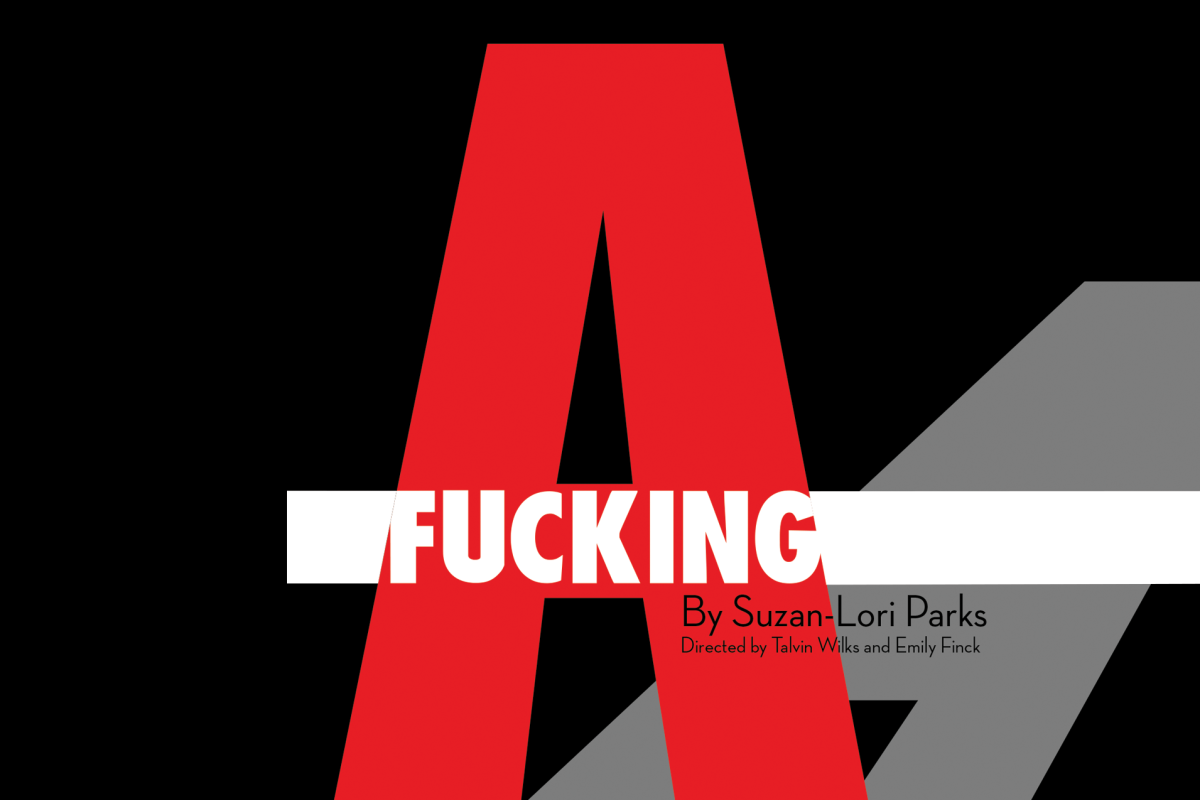Reason attempts to explain many things.
A recent article in Scientific American smugly proposed that our universe is about 10 to the 10 to the 118 meters away from its level-one identical parallel universe. And yet all the king’s horses and all the king’s men can’t put Humpty Dumpty back together again?
Concepts like entropy and irreversibility have had a tremendous impact on human thought. In “Arcadia,” playwright Tom Stoppard confounds the viewer’s rhetorical, historical and scientific notions by scrutinizing the human need to make order out of the unexplainable.
“Arcadia” tells its story using a meta-theatrical technique: interweaving two different periods of history together.
Bernard (Edwin Strout), a pompous academic of the present day, comes to Sidley Park estate to search for the traces of a lewd scandal involving Lord Byron, the poet. Sexual and intellectual competitions ensue after historian Hannah (Maggie Pistner) criticizes Bernard’s theories about what took place at Sidley. And then there’s Valentine (Matthew Anderson), a scientist trying to predict grouse populations with equations. Together, the trio of theoreticians discover a paper trail that opens Sidley Park’s mysterious past to speculation.
One discovery returns viewers to the early 19th century, when math prodigy Thomasina (Sara Marsh) and her tutor Septimus (Peter Hansen) occupied the manor.
“God’s truth, Septimus,” Thomasina says. “If there is an equation for a curve like a bell, there must be an equation for one like a bluebell, and if a bluebell, why not a rose?”
Thomasina’s mathematical insight into the flaws of Newtonian science forebodes the discovery of heat exchange and entropy.
“When you stir your rice pudding,” Thomasina says. “The spoonful of jam spreads itself round. But if you stir backward, the jam will not come together again. Do you think this is odd? Well I do; you cannot stir things apart.”
The second law of thermodynamics, in its simplest form, explains irreversible processes in nature. Statistical theory fosters the idea of entropy as disorder increasing with time, whereas thermodynamic entropy details the inevitable loss of useful energy as heat. Humpty’s state of protoplasmic scramble has a higher entropic value than his hard-boiled existence beforehand.
Director Matt Sciple insists that “Arcadia” is not a play about abstract scientific and mathematical thought. The collision of these references with other elements of drama facilitate viewer learning while simultaneously juxtaposing the audiences’ knowledge of the esoteric and the mundane.
Valentine tells Hannah, “But (relativity and quantum theory) only explained the very big and the very small. The ordinary-sized stuff which is our lives, the things people write poetry about, clouds, daffodils, waterfalls and what happens in a cup of coffee when cream goes in – these things are full of mystery.”
Sciple decided not to deviate from Stoppard’s original stage directions because of the play’s tight construction. However, he did change some of the intended set design. Sciple’s additions to the set are the visual aids (computer images and garden books) that help audience members digest some of the plays heady abstractions.
“The table in our version is not long and narrow, because that would work very badly in the Round,” Sciple said. “So we made it an octagon in the middle of the floor. It’s interesting because changing the shape of it makes it look like a planetary force or something scientific that everything else literally revolves around. It looks like part of a fractal image. The inspiration of the floor is a turtle-shell pattern, which is also a fractal image, repeating and shrinking and growing and branching off into other shapes.”
In the last scene of the play Stoppard combines past and present for a chaotic effect. The scene is technically problematic because both sets of characters are present on the stage at the same time. Although the periods of characters do not interact, the timing of the scene must be exact because the wordplay that evolves elucidates a greater meaning.
Sciple and his cast pull this scene off masterfully and bring the show into waltz time for the final dance scene between Thomasina and Septimus.
Maybe future playwrights will produce their masterpieces while imagining themselves riding atomic particles and light rays through the universe. And maybe their efforts, although they can’t reverse natural processes, can stall time enough for one to appreciate what is human.
















